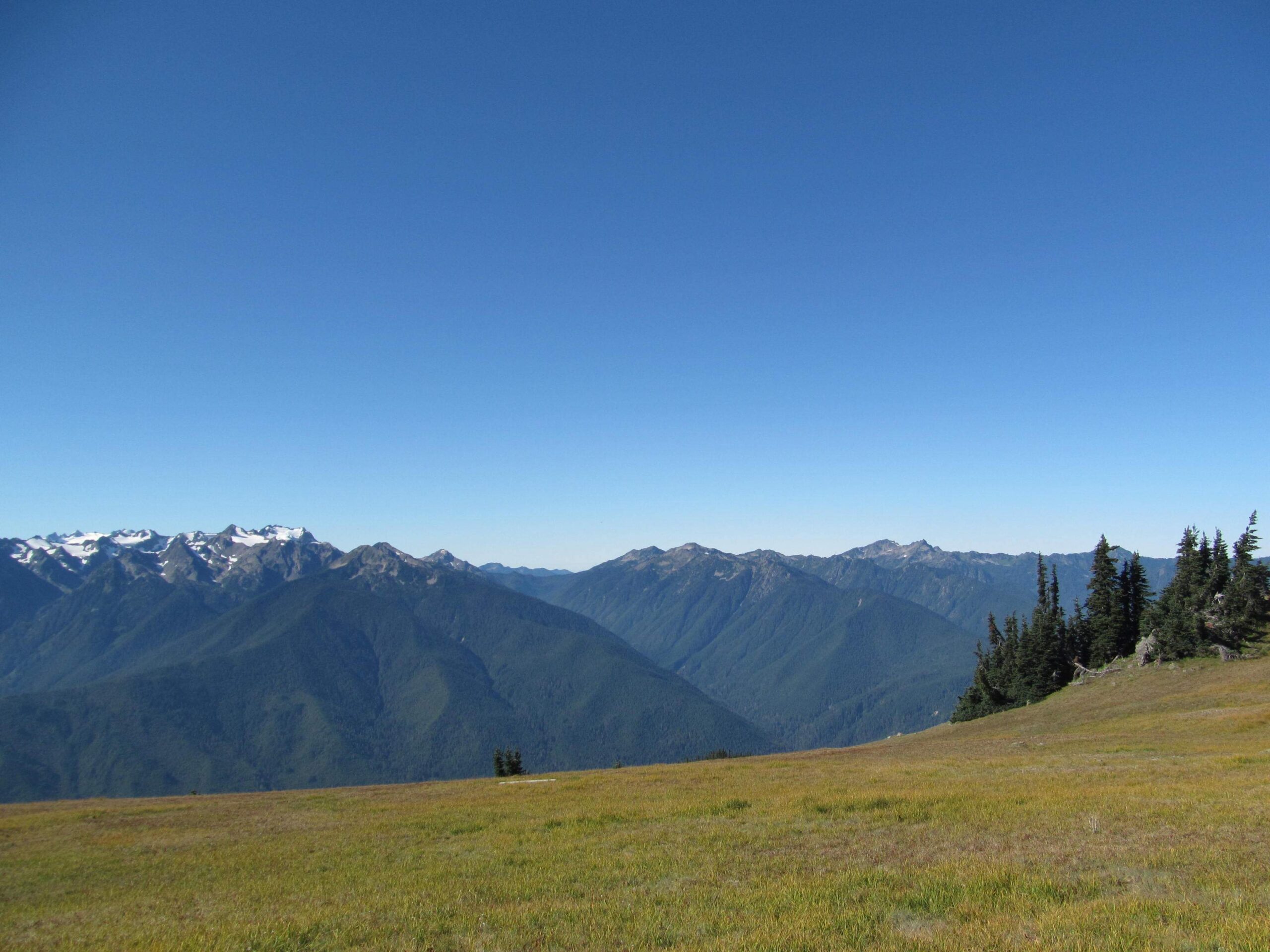Olympic National Park cliff jumping offers adrenaline-pumping experiences in breathtaking natural settings. The park’s pristine lakes and rugged cliffs provide ideal locations for thrill-seekers. However, safety is paramount, and jumpers must be aware of potential risks and regulations. This guide explores the best spots, safety measures, and essential information for cliff jumping enthusiasts visiting Olympic National Park.
What is the Best Location for Cliff Jumping in Olympic National Park?

The prime spot for Olympic National Park cliff jumping is Devil’s Punchbowl, located along the Spruce Railroad Trail on Lake Crescent’s north shore. This natural wonder offers jumps ranging from 10 to 30 feet high, plunging into crystal-clear waters over 100 feet deep. The coordinates for Devil’s Punchbowl are 48.093214, -123.802246.
Devil’s Punchbowl Features:
- Cliff Height: Multiple jumping points from 10 to 30 feet
- Water Depth: Over 100 feet at the deepest point
- Scenery: Stunning views of Lake Crescent and surrounding forests
- Accessibility: Reachable via a moderate hike on the Spruce Railroad Trail
What Safety Precautions Should Cliff Jumpers Take?

Safety is crucial when engaging in Olympic National Park cliff jumping. Here are essential precautions:
- Wear appropriate gear:
- Water shoes for grip on slippery surfaces
- Swimwear suitable for active water sports
-
Life jackets, especially for weaker swimmers
-
Be aware of potential hazards:
- Underwater obstacles
- Cold water temperatures
-
Slippery cliff surfaces
-
Check water depth and clarity before jumping
- Never jump alone; always have a buddy system
- Avoid alcohol consumption before or during cliff jumping
- Know your limits and don’t exceed your skill level
What are the Regulations for Cliff Jumping in Olympic National Park?
While Olympic National Park cliff jumping is popular, it’s important to adhere to park regulations:
- Permits: No specific permits are required for cliff jumping, but park entrance fees apply
- Age Restrictions: No official age limits, but parental supervision is strongly advised for minors
- Designated Areas: Devil’s Punchbowl is the primary recognized spot; jumping elsewhere is at your own risk
- Park Rules: Follow all posted signs and ranger instructions
When is the Best Time for Cliff Jumping in Olympic National Park?
Timing is crucial for an optimal Olympic National Park cliff jumping experience:
Seasonal Considerations:
- Summer (June-August): Peak season with warmest air temperatures
- Spring/Fall (May, September-October): Less crowded, but cooler temperatures
Water Temperature:
- Lake Crescent remains cold year-round, typically 45-55°F (7-13°C)
Visitor Traffic:
- Peak Hours: 10 AM – 4 PM, especially on weekends and holidays
- Off-Peak: Early mornings or late afternoons for fewer crowds
How to Prepare for a Cliff Jumping Adventure in Olympic National Park?
Proper preparation enhances safety and enjoyment:
- Physical Conditioning:
- Practice swimming and treading water
-
Build core and leg strength for proper jumping form
-
Equipment Checklist:
- Swimwear
- Water shoes
- Towels
- Dry clothes
- First-aid kit
-
Waterproof camera (optional)
-
Knowledge Preparation:
- Study the jumping techniques
- Learn about the specific location (Devil’s Punchbowl)
-
Understand basic water rescue techniques
-
Plan Your Visit:
- Check park hours and entrance fee information
- Review weather forecasts
- Plan your hiking route to the jumping spot
What are the Environmental Considerations for Cliff Jumping?
Responsible cliff jumping includes respecting the environment:
- Leave No Trace: Pack out all trash and personal belongings
- Protect Wildlife: Avoid disturbing local flora and fauna
- Stay on Designated Trails: Prevent erosion and habitat destruction
- Use Biodegradable Sunscreen: Protect the water ecosystem
How to Improve Your Cliff Jumping Skills Safely?
Progressing in Olympic National Park cliff jumping requires a methodical approach:
- Start Small: Begin with lower jumps and gradually increase height
- Perfect Your Form: Practice proper body positioning for safe entry
- Observe Experienced Jumpers: Learn techniques by watching others
- Take a Lesson: Consider professional instruction for advanced techniques
- Practice Water Entries: Master feet-first entries before attempting more complex dives
What Emergency Resources are Available for Cliff Jumpers?
Understanding available emergency resources is crucial:
- Park Rangers: Patrol the area and can provide first response
- Emergency Services: Call 911 for serious injuries or emergencies
- First Aid Stations: Located at major trailheads and visitor centers
- Cell Phone Coverage: Limited in some areas; plan accordingly
Conclusion
Olympic National Park cliff jumping offers an exhilarating way to experience the park’s natural beauty. By following safety guidelines, respecting park regulations, and preparing adequately, visitors can enjoy this thrilling activity responsibly. Remember, safety should always be the top priority when engaging in any high-risk outdoor activity.
